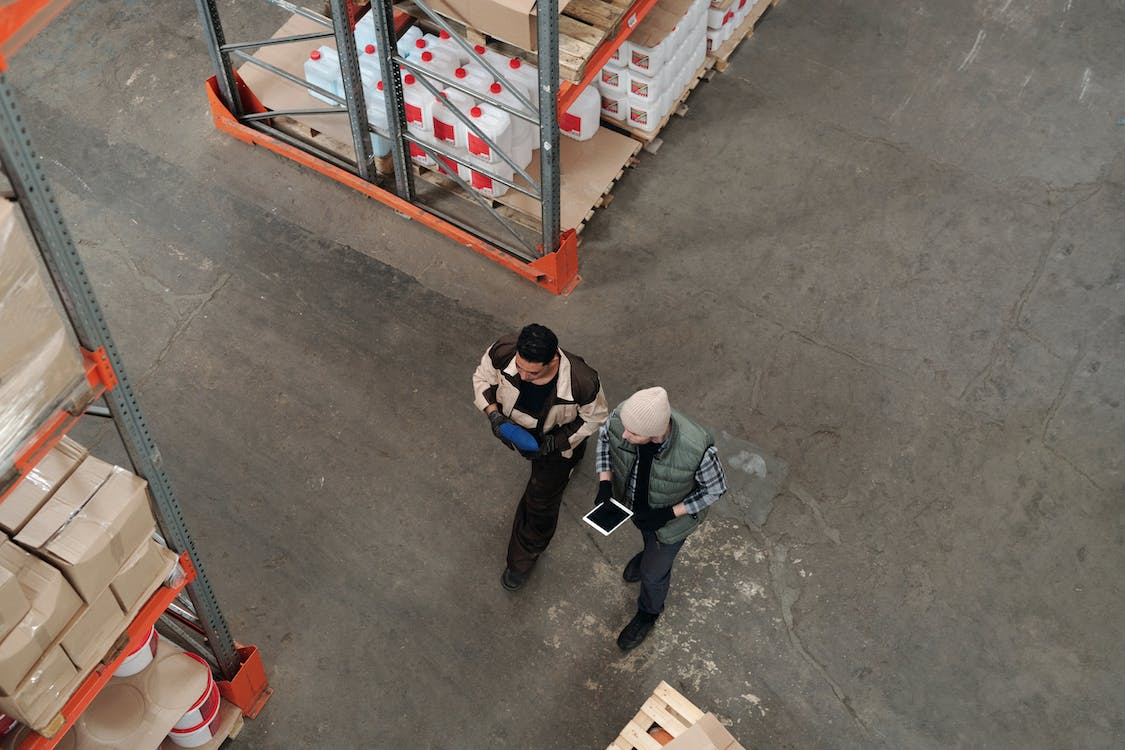In the fast-paced world of logistics and order fulfillment, the efficiency of packing operations plays a significant role in determining the overall success of a business.
With e-commerce continuing to grow, the pressure on fulfillment centers to process orders quickly and accurately has never been higher. This blog post provides practical advice for streamlining packing operations, ensuring faster and more accurate order fulfillment.
By optimizing workstation setup, standardizing packing procedures, and utilizing the right packing materials and equipment, businesses can enhance their operational efficiency and meet the increasing demands of customers.
Optimizing Workstation Setup for Efficiency
The first step in streamlining packing operations is to optimize the layout and setup of packing workstations. An efficiently designed workstation minimizes the need for excessive movement, enabling packers to complete their tasks with greater speed and less fatigue.
Key elements include organizing packing materials and tools within easy reach, using adjustable packing tables to accommodate different package sizes, and ensuring that the workstation is ergonomically designed to reduce the risk of injury.
Standardizing Packing Procedures
Standardization of packing procedures ensures that all orders are packed consistently, reducing the likelihood of errors. This involves creating clear, step-by-step packing instructions and training all staff on these procedures.
Implementing a checklist for packers to follow for each order can also help in maintaining consistency and quality control throughout the packing process.
Leveraging Packing Materials and Equipment
Selecting the right packing materials and equipment can significantly impact the speed and accuracy of packing operations. Lightweight, durable packing materials can reduce shipping costs and protect items during transit.
Automated packing solutions, such as tape dispensers, void fill machines, and box erectors, can also increase packing speed while reducing manual labor.
Investing in quality packing materials and the latest equipment pays off in the long run by minimizing damage during shipping and improving overall efficiency.
Implementing Quality Control Checks
Quality control checks are essential for ensuring that orders are packed correctly and that the contents match the order specifications. This step should be integrated into the packing process, with checks conducted at key points to identify and correct errors early.
Utilizing technology, such as barcode scanners and packing software, can automate some of these checks, enhancing accuracy and saving time.
Training and Empowerment of Packing Staff
Empowering packing staff through training and involvement in process improvements can lead to more efficient packing operations.
Regular training sessions help staff stay updated on best practices and new technologies. Encouraging feedback and suggestions from packers can also uncover opportunities for further streamlining the packing process.
Continuous Improvement and Technology Adoption
Continuous improvement is key to maintaining efficient packing operations. This involves regularly reviewing and analyzing packing processes to identify bottlenecks and areas for improvement.
Adopting new technologies, such as robotics and AI-driven packing systems, can further enhance packing efficiency and accuracy, keeping your operations competitive in a rapidly evolving market.
Achieving Excellence in Packing Operations
To achieve excellence in packing operations, businesses must focus on optimizing workstation setups, standardizing procedures, utilizing the right materials and equipment, and continuously seeking improvements.
By implementing these strategies, fulfillment centers can enhance their packing efficiency, reduce errors, and increase throughput, ultimately leading to higher customer satisfaction and business success.
The key lies in a proactive approach to process optimization and a commitment to adopting innovations that drive efficiency and accuracy in packing operations.







